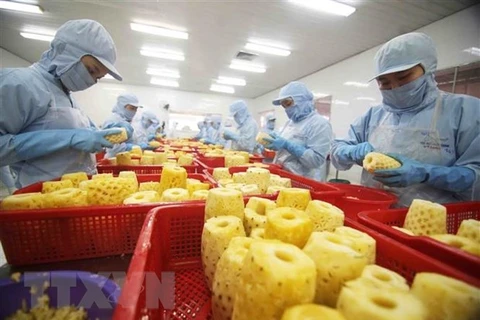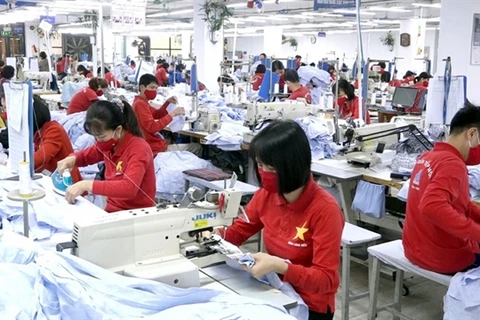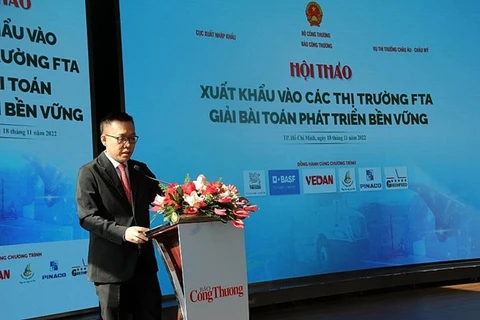After 2 years of implementing the EU-Vietnam Free Trade Agreement EVFTA (August 2020 - July 2022), total export turnover reached nearly 83.6 billion USD, 24% higher than the average export turnover during the 2016-2019 period.
According to the Ministry of Industry and Trade, the implementation of the EVFTA is of great significance for both Vietnam and the EU, especially in view of the impact of the COVID-19 pandemic on global economies.
For the EU, Vietnam is the first developing partner in the Asia-Pacific region to have an FTA, an important bridge for trade and investment. For Vietnam, the EU is a very important target as a trade-investment partner and one of the leading export markets.
In terms of the size and structure of the industry, the EU is currently the third largest export market for Vietnam, after the US and China. The structure of the import and export industry between the two sides is highly complementary. Many key export items of Vietnam to the EU also recorded impressive growth compared to before this agreement came into effect. Trade items include footwear, seafood, cameras, camcorders, machine components and equipment.
After 2 years of EVFTA implementation (August 2020 - July 2022), the total export turnover from Vietnam to the EU reached nearly 83.6 billion USD, 24% higher than the average export turnover per year during the 2016-2019 period.
However, experts said the current growth rate is not on par with the full potential of developing trade cooperation between the two sides. In addition to the objective impacts of the pandemic, many Vietnamese businesses have encountered numerous difficulties in accessing the EU market and implementing the provisions of the EVFTA.
One of the biggest barriers comes from the application of the Rules of Origin, which are specified in Protocol 1 of the EVFTA. This parameter has been guided by the Ministry of Industry and Trade through Circular 11/2020/ TT-BCT dated June 15, 2020.
From a business perspective, in order to enjoy tax incentives in the EVFTA, Vietnamese exporters need to pay attention to regulations on origin.
However, many businesses have difficulty with the stipulation when applying for a certificate of origin (C/O). They lack the knowledge and capacity to convert production to meet EU requirements. This prevents access to the EU, a very large market with an import value of up to 2.5 trillion USD of goods per year.
To utilize the EVFTA, the Import-Export Department (Ministry of Industry and Trade) and the ARISE+ Vietnam Project (financed by the European Union) recently organized a training workshop for representatives of industry associations and businesses exporting to the EU. The focus is to update the criteria for determining the origin of goods in the EVFTA, compare them with the GSP system, and discuss the process and procedures for licensing.
Experts from the Ministry of Industry and Trade and the Ministry of Finance also provided solutions for businesses during the implementation of the EVFTA and after the GSP expires on January 1, 2023.
Peter Bernhardt, Chief Consultant of ARISE+ Vietnam, suggested that Vietnam's ministries continue to assess the actual implementation of EVFTA. To promote use of the agreement they need to clarify obstacles and provide practical solutions to further improve the legal framework, raise standards and strengthen the close coordination between ministries, associations, and exporters.
With technical support from the EU, through ARISE+ Vietnam, representatives of management agencies and associations continue to contribute ideas and share information. They will also help businesses to develop an appropriate production and business plan for goods exported to the EU to capitalize on the EVFTA, toward implementing the country's integration strategy in the new period./.
























